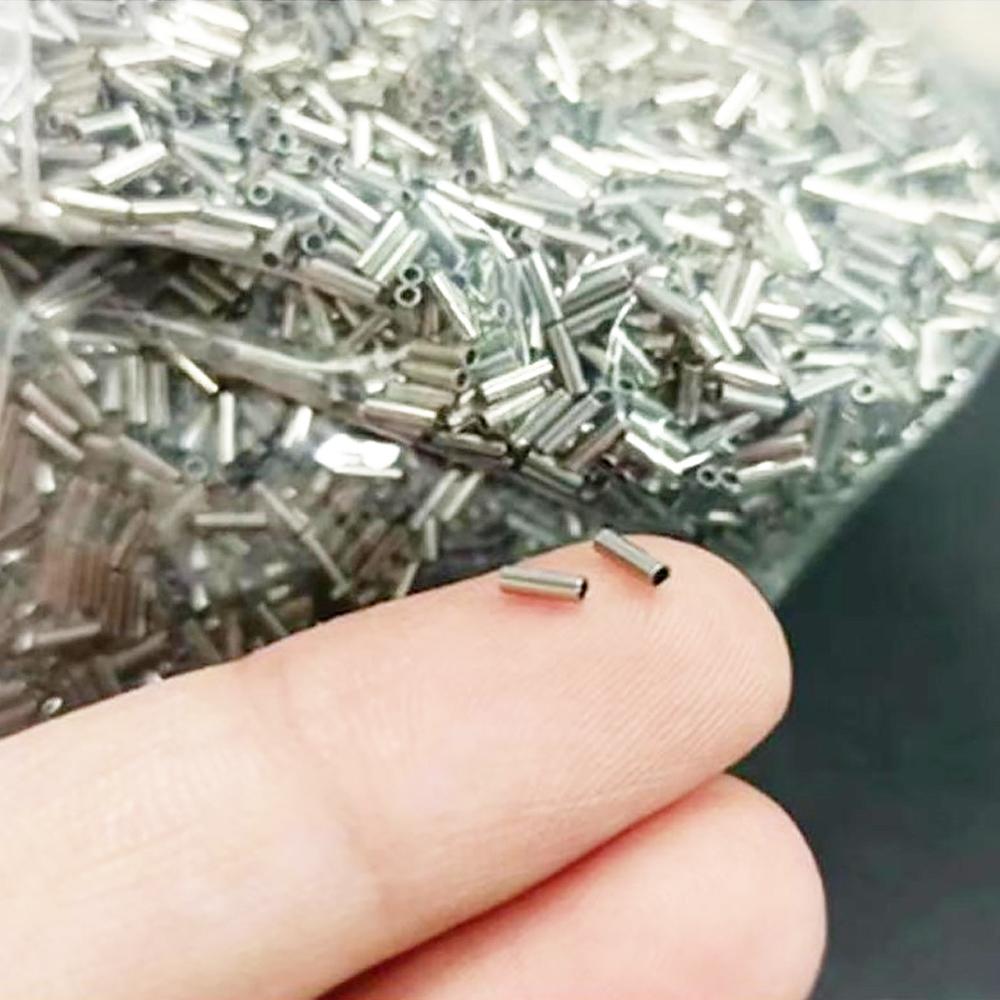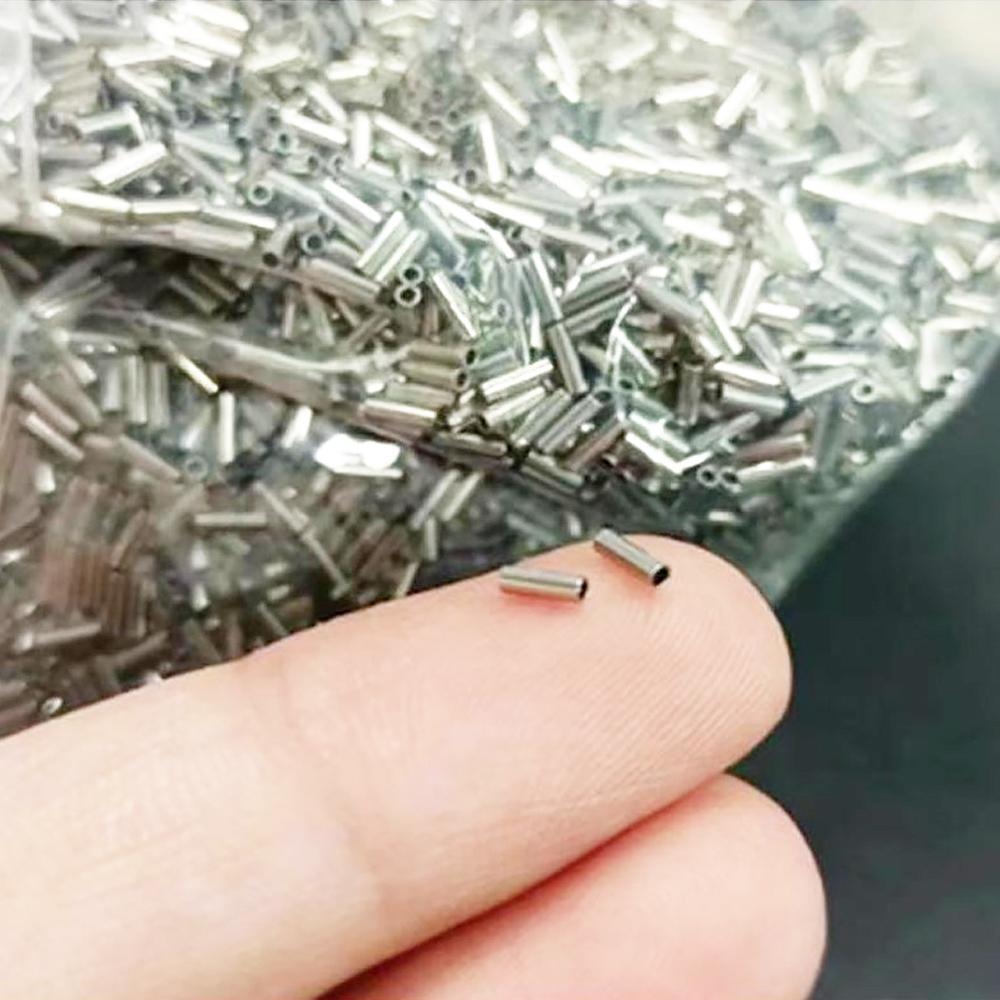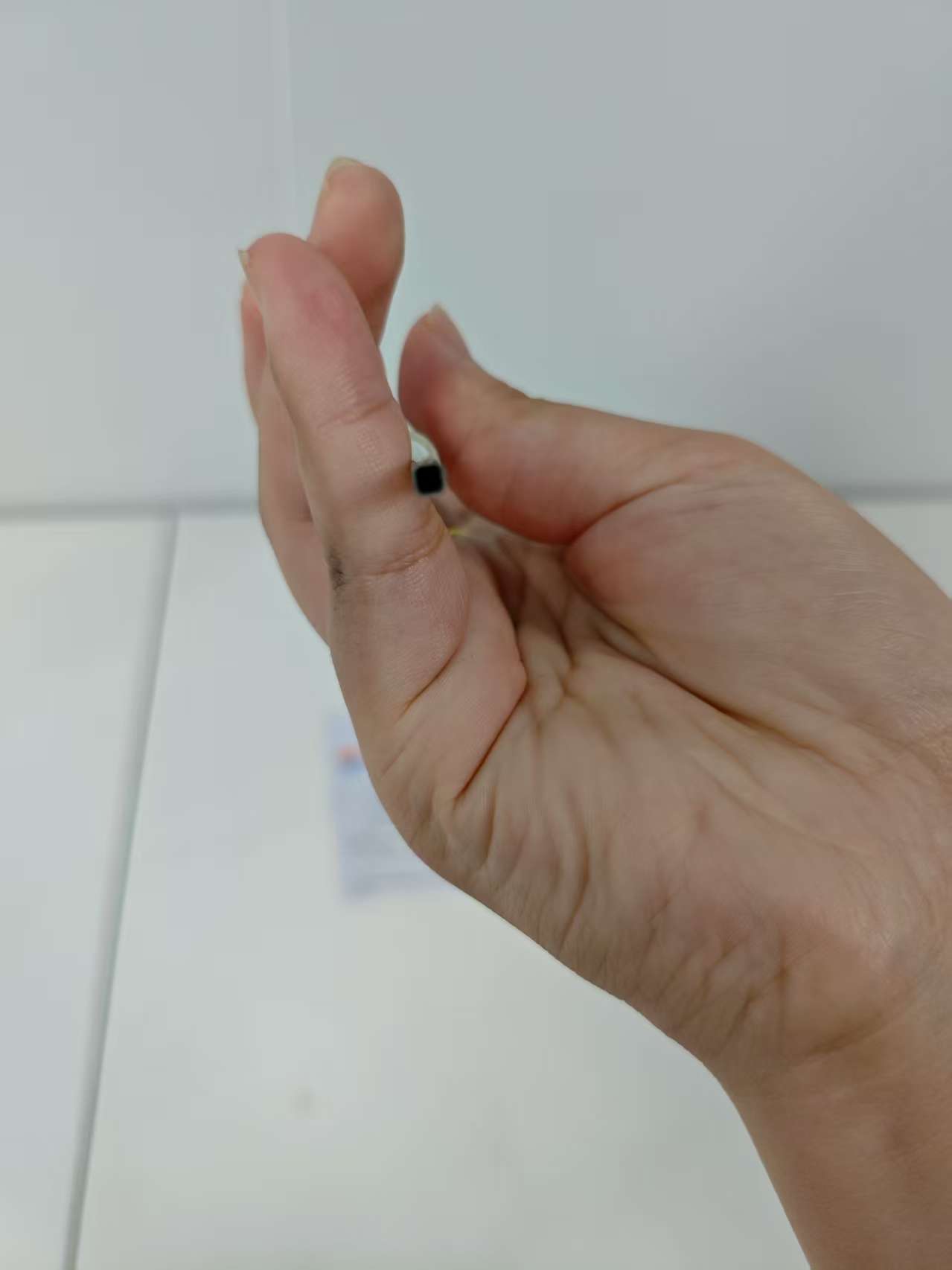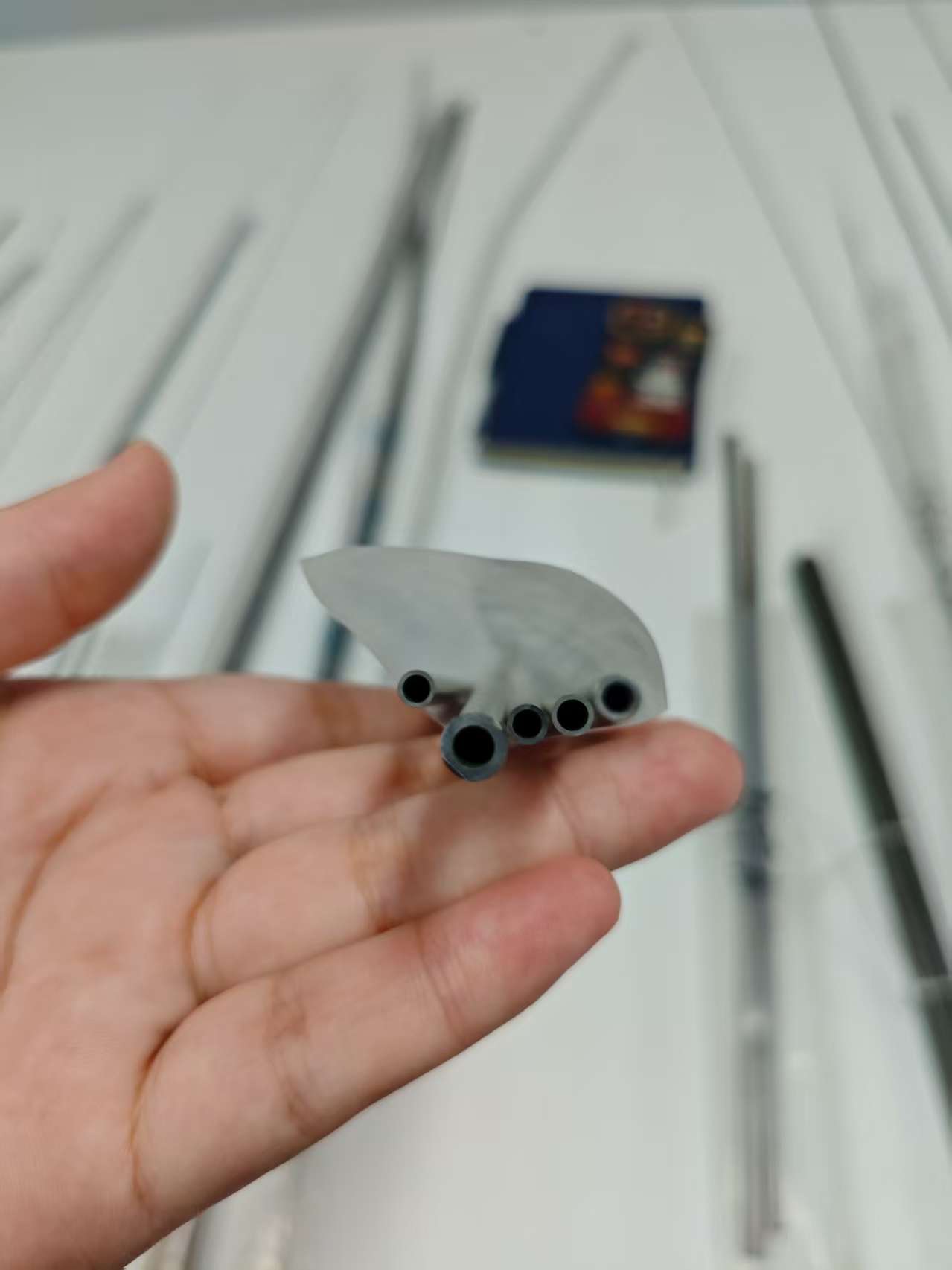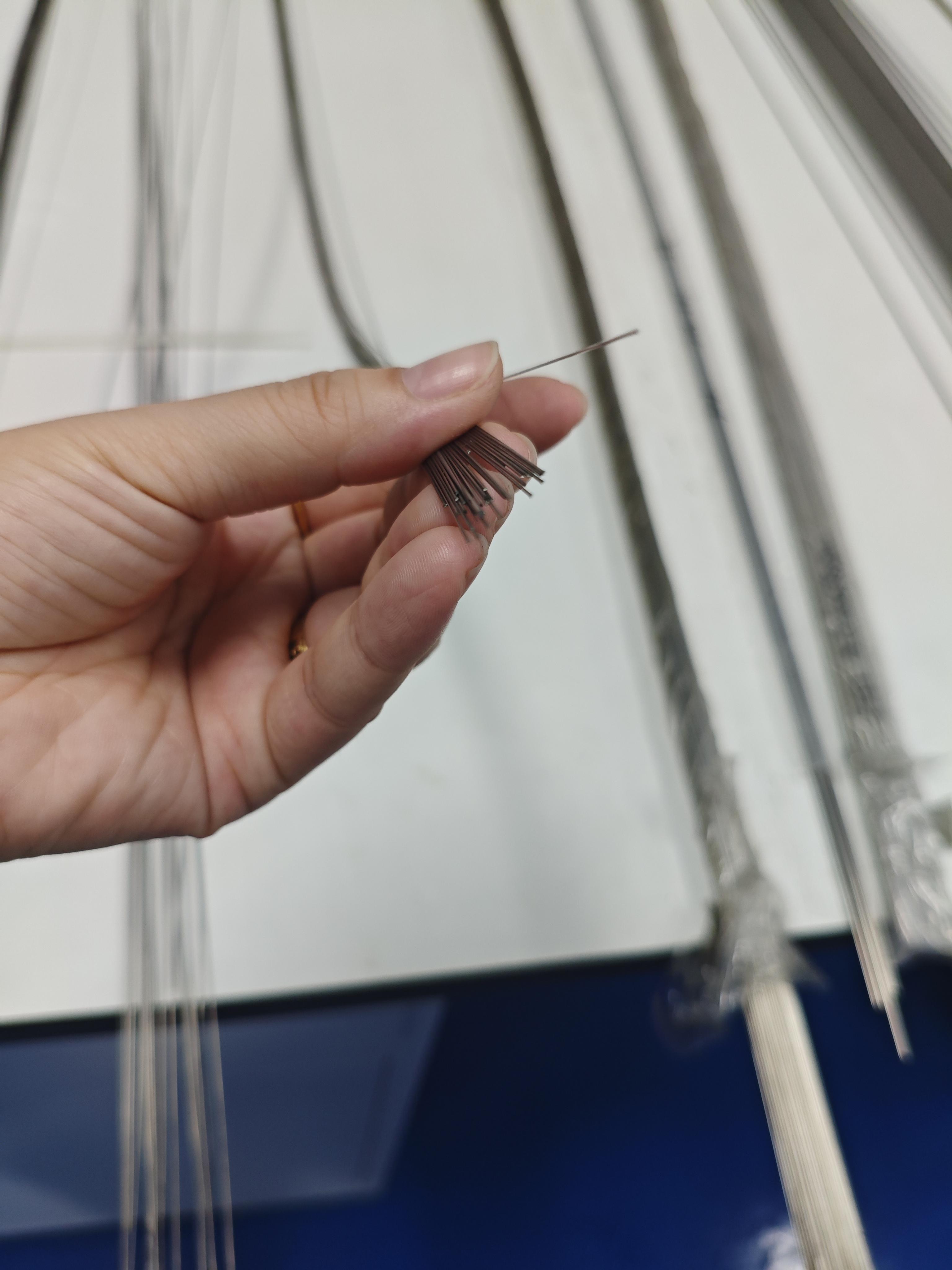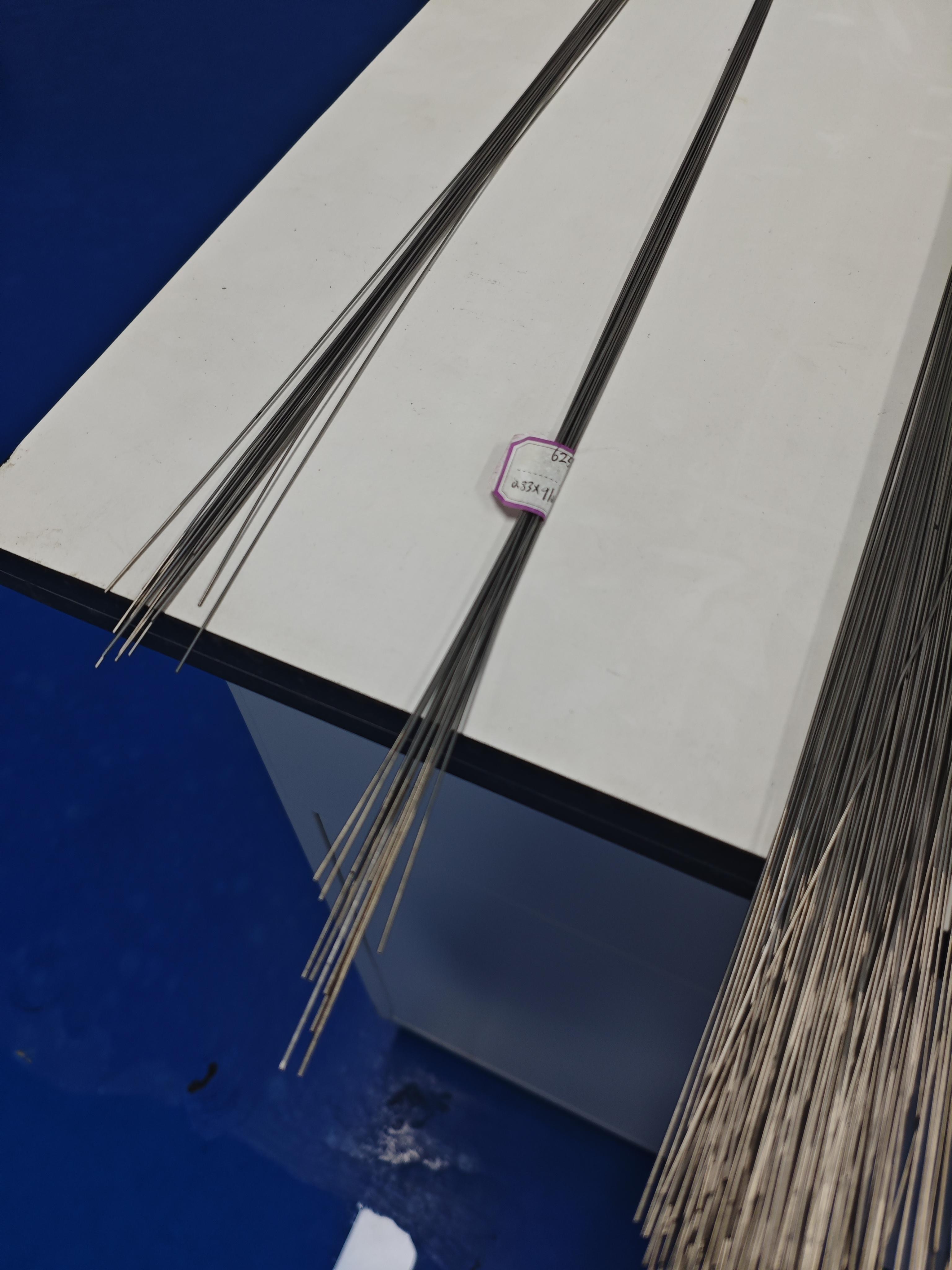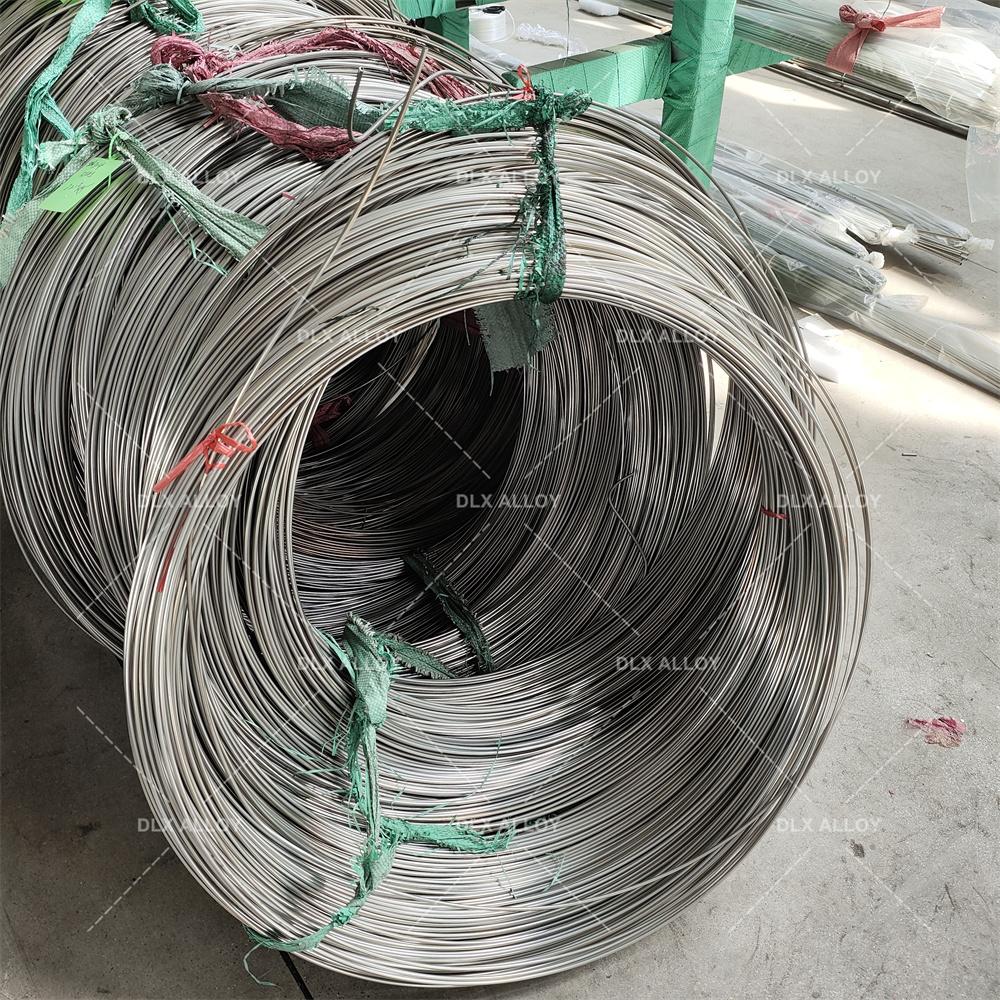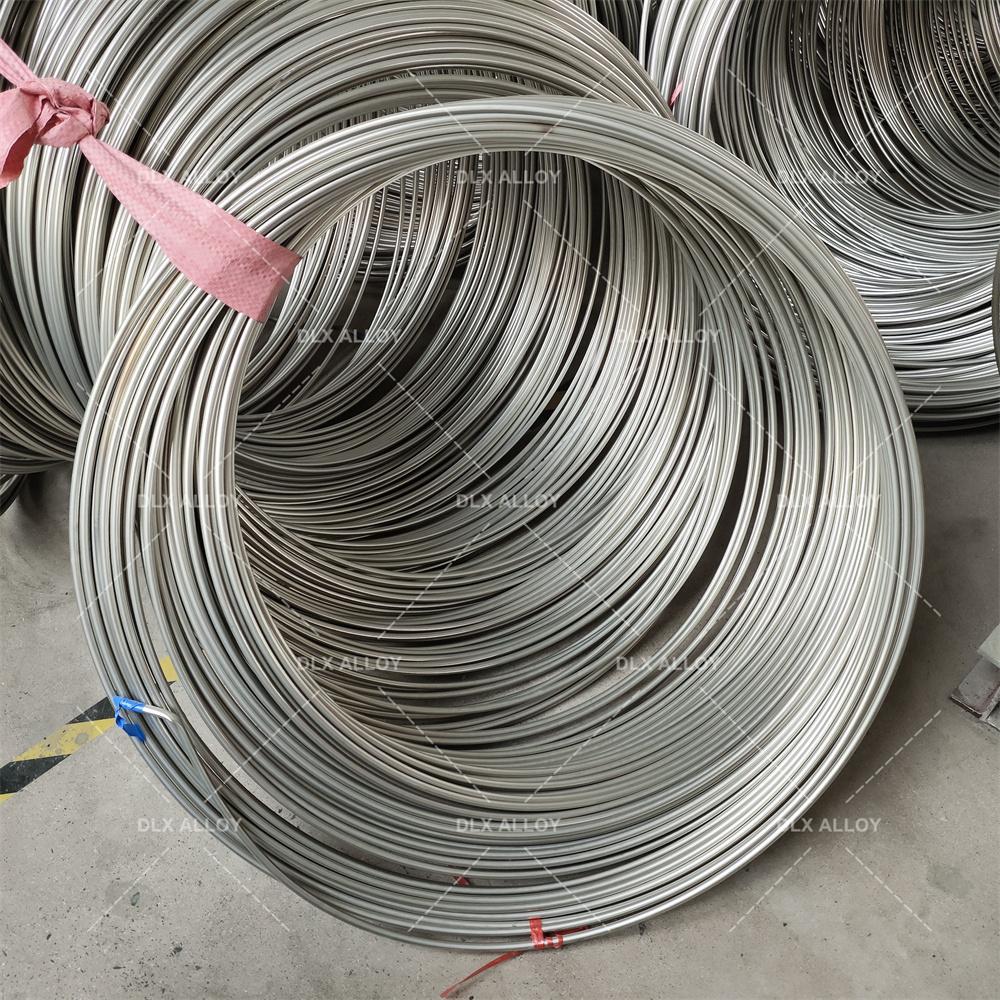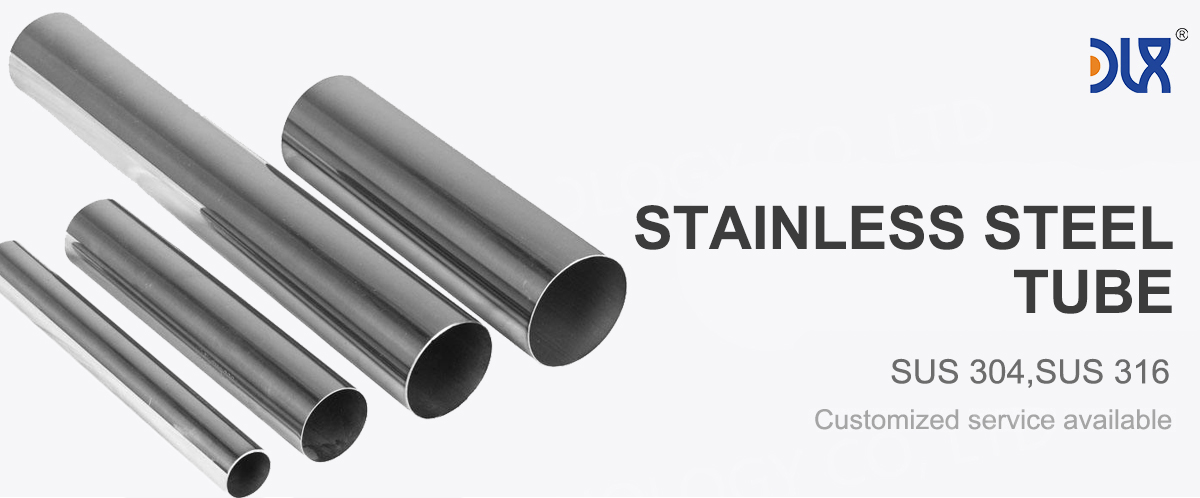
At our company, we’re all about crafting medical 304 stainless steel tube for dental implant systems that help dentists restore smiles with confidence. These tubes aren’t just metal—they’re the backbone of components like abutments and surgical guides that make dental implants precise, durable, and affordable. We focus on delivering cost-effective solutions that meet the rigorous demands of modern dentistry, ensuring patients walk away with strong, reliable restorations.
Let’s dive into what makes our 304 stainless steel tube for dental implant systems a standout. This alloy is a reliable workhorse, packing 18-20% chromium for solid corrosion resistance against saliva and sterilization processes, plus 8-10.5% nickel for toughness. With carbon kept below 0.08%, it’s compliant with ASTM A240, offering excellent formability for complex dental components. We produce these tubes in diameters from 1mm to 10mm, with wall thicknesses as low as 0.1mm, perfect for temporary abutments or drill guides. The material’s tensile strength of 515-690 MPa and elongation over 40% ensure tubes can handle the stresses of drilling or chewing without deforming.
For more details, pls directly contact us.
We’re obsessive about quality. Our tubes are cold-drawn to tolerances of ±0.01mm, ensuring they fit seamlessly into dental frameworks or surgical tools. A polished Ra <0.4µm finish resists corrosion from oral environments and makes sterilization a breeze. We test for fatigue resistance, simulating thousands of sterilization cycles and mechanical stresses to confirm durability in high-use dental settings. Non-magnetic properties keep our tubes imaging-friendly, a plus for procedures involving X-rays or CBCT scans. We also offer custom laser-cutting and bending, tailoring tubes to fit digital dentistry workflows for precision implant placement.
The dental implants market is booming, valued at USD 4.6 billion in 2025 and projected to hit USD 9.1 billion by 2032 at a 9.8% CAGR. Tooth loss is a growing issue—over 178 million adults in the U.S. alone are missing at least one tooth, driven by aging populations, periodontal disease, and accidents. Digital dentistry is transforming the field, with CAD/CAM systems and 3D printing enabling custom implants for faster, more accurate placements. Our medical 304 stainless steel tube for dental implant systems is built for this, offering the strength for robust frameworks and the affordability to keep costs down for patients.
Comparison of Medical Stainless Steel Grades, Materials, and Applications
Grade | Composition | Key Properties | Corrosion Resistance | Biocompatibility | Applications | Advantages | Limitations |
|---|---|---|---|---|---|---|---|
316L | Fe (60-70%), Cr (16-18%), Ni (10-14%), Mo (2-3%), C (<0.03%) | Tensile: 485-620 MPa, Yield: 170-290 MPa, Elongation: 40-50%, Hardness: 95 HRB | Excellent (passive oxide layer, resists pitting) | High, minimal ion release, rare Ni sensitivity | Bone plates, screws, stents, hip stems, dental implants | Cost-effective, machinable, fatigue-resistant | Possible Ni sensitivity, heavier than Ti |
304L | Fe (65-74%), Cr (18-20%), Ni (8-10.5%), C (<0.03%) | Tensile: 485-550 MPa, Yield: 170-240 MPa, Elongation: 40-55%, Hardness: 92 HRB | Good, less resistant to pitting than 316L | Moderate, higher Ni release risk | Temporary implants, surgical tools, guidewires | Affordable, easy to form, widely available | Limited for long-term implants due to corrosion |
17-4 PH | Fe (70-78%), Cr (15-17.5%), Ni (3-5%), Cu (3-5%), C (<0.07%) | Tensile: 930-1100 MPa, Yield: 725-860 MPa, Hardness: 30-44 HRC | Very good, but less than 316L in saline | Good, but less biocompatible than 316L | Load-bearing implants, surgical instruments | High strength, heat-treatable, durable | Complex processing, less corrosion-resistant |
420 | Fe (80-90%), Cr (12-14%), C (0.15-0.4%) | Tensile: 700-950 MPa, Yield: 340-450 MPa, Hardness: 45-50 HRC | Moderate, prone to pitting in body fluids | Moderate, not ideal for long-term implants | Cutting tools, temporary pins, dental drills | High hardness, wear-resistant, sharpenable | Poor corrosion resistance for permanent use |
440C | Fe (78-85%), Cr (16-18%), C (0.95-1.2%) | Tensile: 760-1000 MPa, Yield: 450-600 MPa, Hardness: 56-60 HRC | Moderate, better than 420 but less than 316L | Limited, high carbon affects biocompatibility | Surgical blades, high-wear tools | Extremely hard, excellent edge retention | Not suitable for long-term implants |
F138 (316LVM) | Fe (60-70%), Cr (17-19%), Ni (13-15%), Mo (2.25-3.5%), C (<0.03%) | Tensile: 490-690 MPa, Yield: 190-300 MPa, Elongation: 40-50%, Hardness: 95 HRB | Superior, optimized for medical use | Excellent, lowest ion release, vacuum-melted | Orthopedic implants, cardiovascular stents | Enhanced purity, top biocompatibility | Higher cost than standard 316L |
303 | Fe (65-75%), Cr (17-19%), Ni (8-10%), S (0.15-0.35%) | Tensile: 500-620 MPa, Yield: 240-290 MPa, Elongation: 35-50%, Hardness: 90 HRB | Moderate, sulfur reduces corrosion resistance | Moderate, not ideal for permanent implants | Machined components, non-implant devices | Excellent machinability, cost-effective | Not suitable for long-term implants |
Nitronic 60 | Fe (60-70%), Cr (16-18%), Ni (8-9%), Mn (7-9%), N (0.08-0.18%) | Tensile: 620-793 MPa, Yield: 345-414 MPa, Hardness: 95-100 HRB | Very good, resists galling and wear | Good, but less studied for implants | Wear-resistant implants, joint components | High wear resistance, galling resistance | Limited medical use, higher cost |
For more details, pls directly contact us
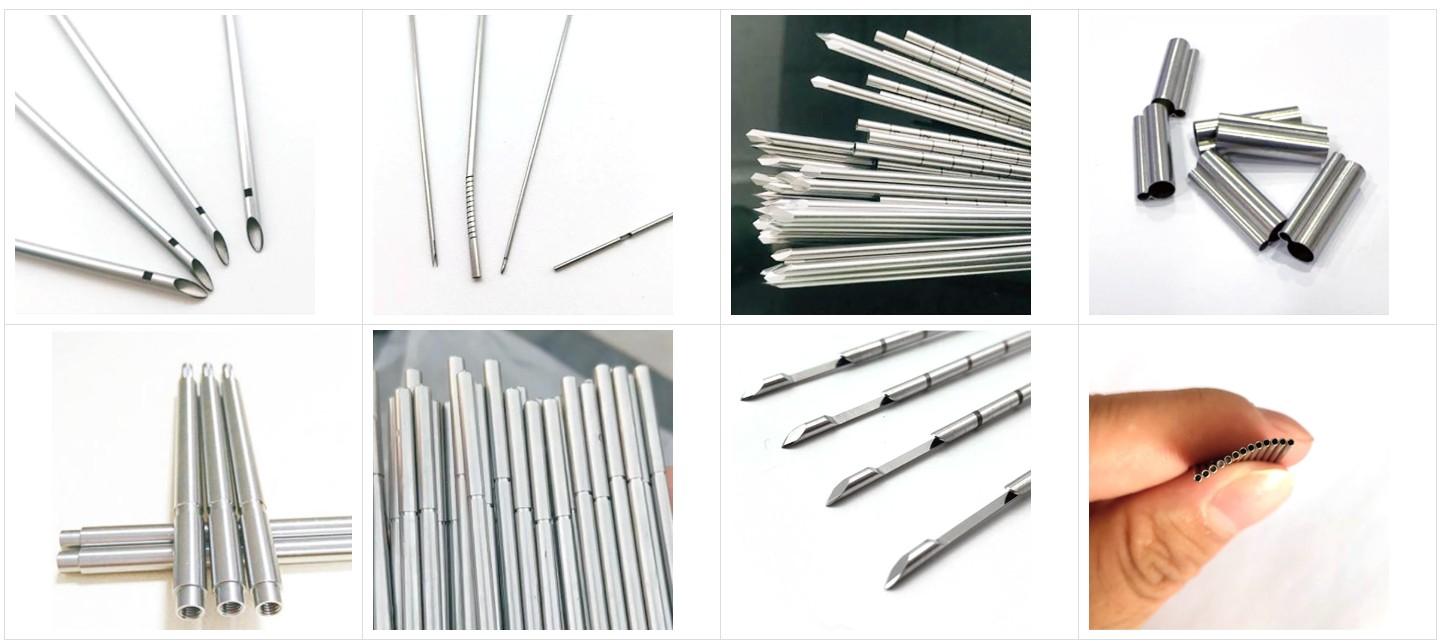
Regulatory standards are tightening, with the FDA and EU MDR demanding strict material safety and traceability. Our 304 tubes meet ISO 10993 standards for short-term contact, ensuring low allergenicity for components like abutments that touch oral tissues. Sustainability is a big deal—dental clinics are leaning toward recyclable materials, and 304 stainless steel’s near-100% recyclability makes it a green choice. The medical tubing market is set to grow from USD 812.59 million in 2025 to USD 1,547.53 million by 2034 at a 6.7% CAGR, with cost-effective alloys like 304 leading for non-implantable dental applications.
Emerging trends are exciting. Digital dentistry, including intraoral scanners and 3D-printed guides, is driving demand for precise tubing to support custom workflows. Smart implants with sensors for monitoring osseointegration are gaining traction, and our tubes can serve as structural supports. The rise of same-day implant procedures—growing at 10% CAGR—calls for affordable, reliable components, where 304 shines. Developing regions like Asia-Pacific are seeing a surge in dental tourism, increasing demand for cost-effective materials to make implants accessible.
Applications for our medical 304 stainless steel tube for dental implant systems are diverse. In implant surgery, they’re used in temporary abutments that connect implants to crowns, ensuring stability during healing. For surgical guides, our tubes provide rigid support for precise drill placement, reducing errors in complex cases. In prosthetic frameworks, they form the core of multi-unit restorations, handling chewing forces without cracking. They’re also used in endodontic tools, like irrigation cannulas, where smooth surfaces ensure clean fluid delivery.
Cosmetic dentistry benefits too—our tubes support frameworks for implant-supported bridges, delivering aesthetics and strength. In orthodontic applications, they’re used in temporary anchorage devices (TADs), providing robust support for tooth movement. For pediatric dentistry, 304’s durability handles the wear of growing patients. The dental prosthetics market, valued at USD 6.2 billion in 2025, is growing at 7.5% CAGR, highlighting the need for reliable, cost-effective tubing in implant systems.
When it comes to standing out, our company’s approach to medical 304 stainless steel tube for dental implant systems is unmatched. While standard suppliers might offer generic tubing, we customize with precision-bent tubes tailored to specific dental designs, like curved guides for angled implants. Our in-house testing is rigorous—corrosion trials in simulated oral environments and mechanical stress tests mimic years of use, ensuring zero failures. This durability means longer-lasting components, reducing replacement costs for clinics.
We’re lean on production, using automated drawing to achieve tolerances of ±0.01mm, perfect for digital workflows and 3D-printed assemblies. Cost-wise, we keep it wallet-friendly by optimizing material use, delivering high-quality 304 at prices that make implants more accessible. Dentists love our tubes’ consistency, ensuring predictable performance in high-stakes procedures like sinus lifts. Unlike others who might skip surface treatments, we polish every tube to resist corrosion from saliva, extending lifespan by up to 30%.
Sustainability is core to our ethos—we recycle 95% of scrap metal, aligning with dentistry’s eco-friendly push. Our supply chain is rock-solid, with just-in-time delivery to keep clinics stocked, even during peak implant seasons. We also offer design support, collaborating with manufacturers to tweak tube specs for innovative systems, a service most suppliers can’t match. Clients praise our fast prototyping—often under two weeks—speeding up custom implant development.
Comparison Parameters Table
| Parameter | 304 Stainless Steel | 316L Stainless Steel | 316LVM Stainless Steel | Titanium Alloy (e.g., Ti-6Al-4V) |
|---|---|---|---|---|
| Carbon Content (%) | ≤0.08 | ≤0.03 | ≤0.03 | N/A (No carbon) |
| Corrosion Resistance | Good (Cr content, suitable for external use) | Excellent (Mo, resists body fluids) | Superior (vacuum-melted, high purity) | Outstanding (oxide layer, best for implants) |
| Tensile Strength (MPa) | 515-690 | 485-620 | 860-1000 | 860-950 |
| Yield Strength (MPa) | 205-310 | 170-310 | 690-860 | 760-830 |
| Biocompatibility | Good (short-term contact) | High (implant-grade) | Exceptional (minimal inclusions) | Excellent (bone integration, lightweight) |
| Density (g/cm³) | 8.0 | 8.0 | 8.0 | 4.5 |
| Magnetic Properties | Non-magnetic | Non-magnetic | Very low permeability | Non-magnetic |
| Cost Effectiveness | Most affordable | Moderate | Premium for purity | High, for lightweight needs |
| Common Medical Use | Dental frameworks, surgical tools | Implants, stents | High-purity implants | Orthopedic/dental implants |
Looking ahead, we’re diving into digital dentistry, exploring 304 tubes as supports for smart implants with sensors for real-time osseointegration monitoring, tapping into IoT trends. With personalized dentistry growing—custom implants are expected to hit USD 2 billion by 2030—our flexible production is ready to deliver patient-specific solutions. The rise of robotic-assisted implant placement means our tubes must support precision tools, and we’re optimizing for that now.
In essence, choosing our medical 304 stainless steel tube for dental implant systems means partnering with a team obsessed with quality and affordability. We’re not just making tubes; we’re enabling confident smiles. From robust materials to tailored designs, we’re built to lead in a market craving durability and value. As dental tech evolves with demographics and innovation, our 304 tubes remain a trusted cornerstone, ready for tomorrow’s challenges.
To sum it up, our strengths shine: cost-effective quality, customizable precision, and a green approach that sets us apart. Whether it’s a single-tooth implant or a full-arch restoration, our medical 304 stainless steel tube for dental implant systems delivers the performance dentists need to transform lives.
For more details, pls directly contact us.
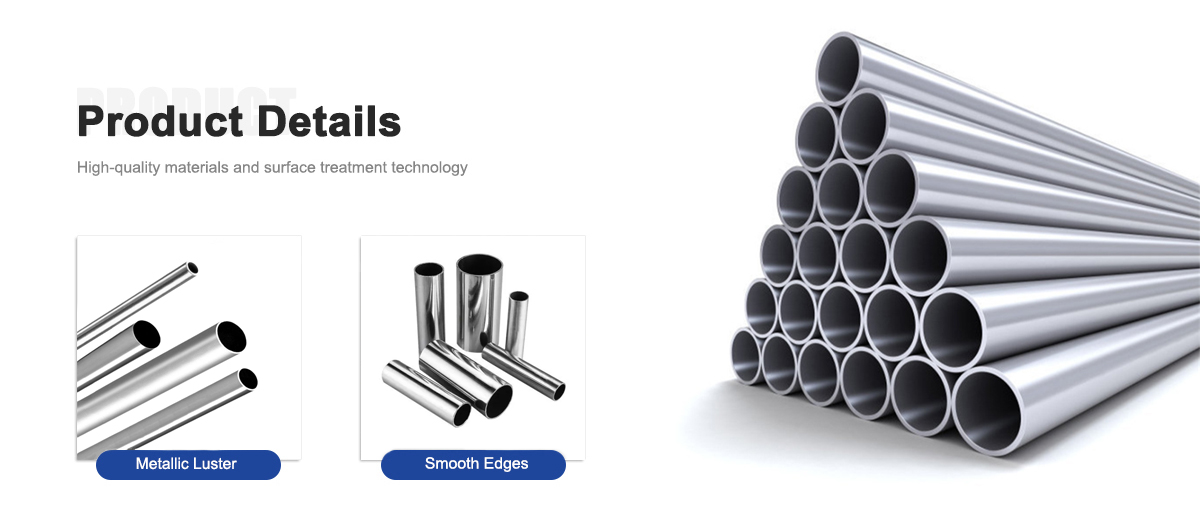

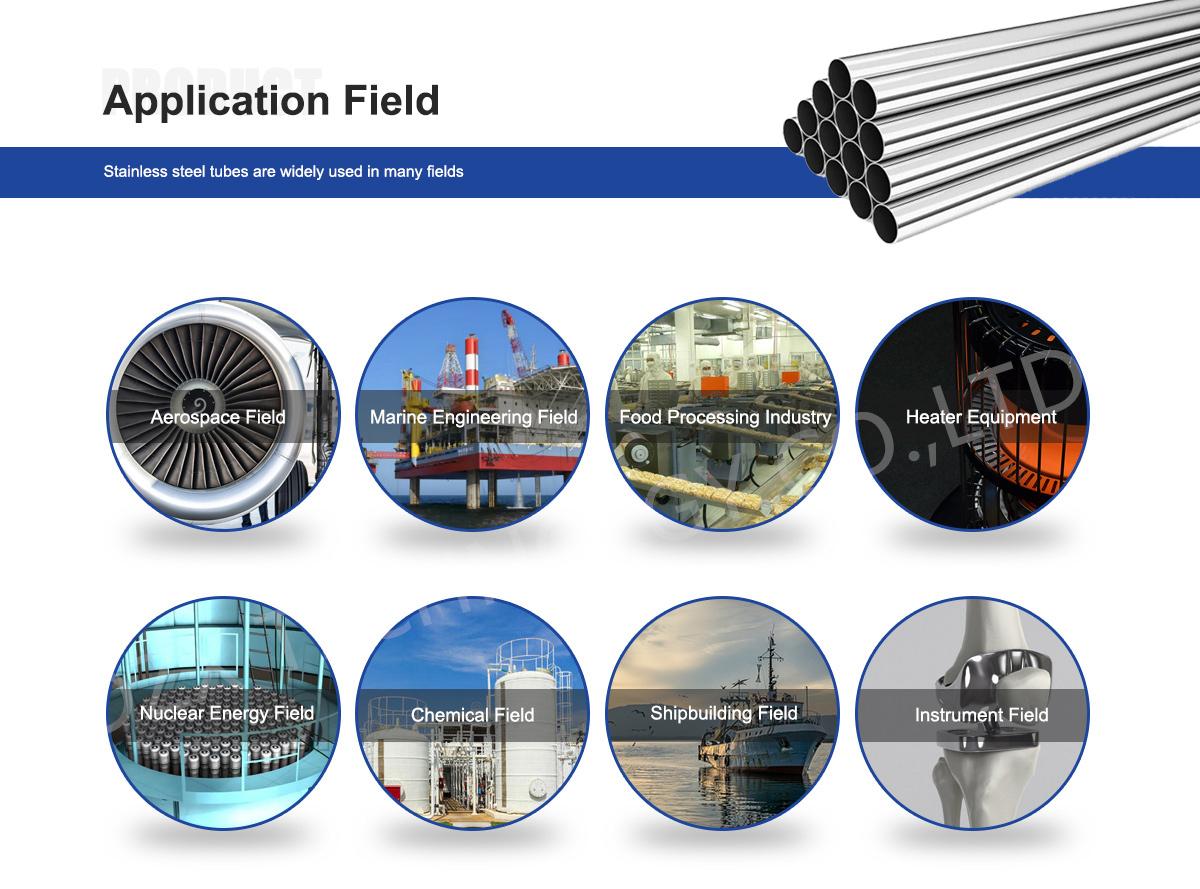
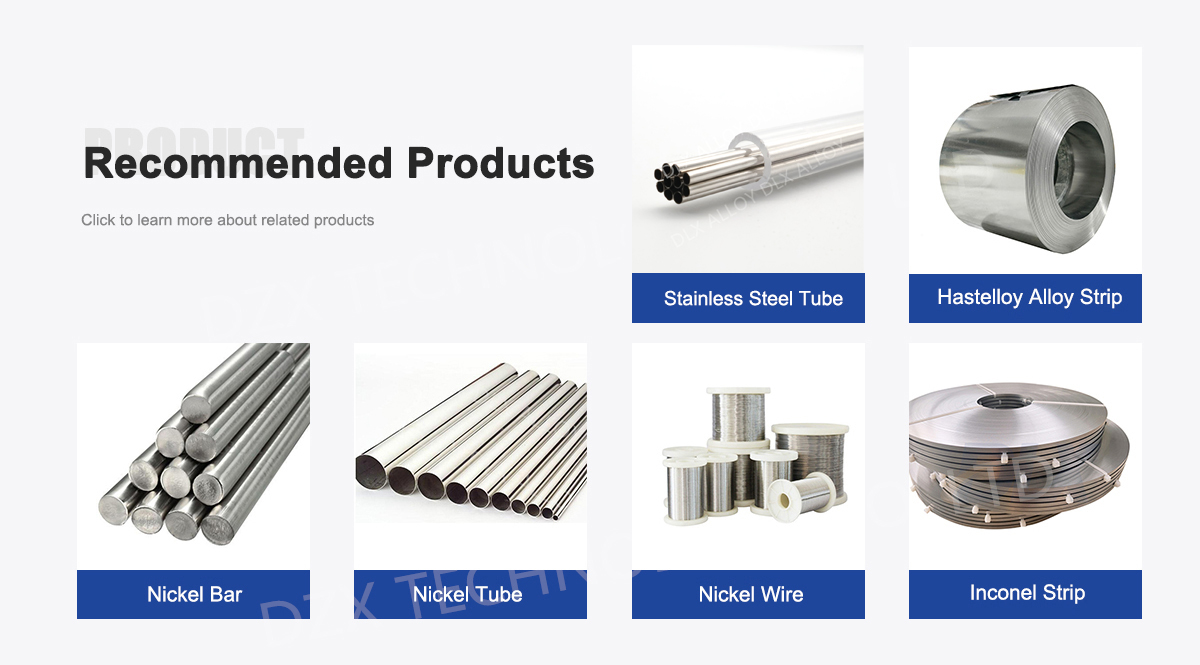
About Us:
Our 12,000㎡ factory is equipped with complete capabilities for research, production, testing, and packaging. We strictly adhere to ISO 9001 standards in our production processes, with an annual output of 1,200 tons. This ensures that we meet both quantity and quality demands. Furthermore, all products undergo rigorous simulated environment testing including high temperature, high pressure, and corrosion tests before being dispatched, ensuring they meet customer specifications.
For all our clients, we offer timely and multilingual after-sales support and technical consulting, helping you resolve any issues swiftly and efficiently.

Client Visits
Building Stronger Partnerships

We support all kinds of testing:


FAQs:
Why is 304 stainless steel suitable for dental implant systems?
Medical 304 stainless steel offers good corrosion resistance, high strength, and affordability, making it ideal for non-implantable dental components like abutments, frameworks, and surgical guides.What is the material composition of 304 stainless steel for dental applications?
It contains 18-20% chromium, 8-10.5% nickel, and carbon below 0.08%, providing corrosion resistance and formability, compliant with ASTM A240 for medical-grade applications.What are the primary applications of 304 stainless steel tubes in dental implant systems?
These tubes are used in temporary abutments, drill guides, and prosthetic frameworks, supporting precise placement and structural stability in dental implant procedures.How do industry trends influence the use of 304 stainless steel in dental implants?
The dental implants market, valued at USD 4.6 billion in 2025, is projected to grow at a 9.8% CAGR to USD 9.1 billion by 2032, driven by rising tooth loss and demand for cost-effective materials.What mechanical properties make 304 stainless steel effective for dental tubing?
It provides tensile strength of 515-690 MPa, yield strength of 205-310 MPa, elongation over 40%, and good fatigue resistance, ensuring durability in dental tools and frameworks.Is 304 stainless steel biocompatible for dental implant systems?
Yes, it meets ISO 10993 standards for short-term contact, with low allergenicity, suitable for non-implantable components like external frameworks and surgical tools.What emerging trends support 304 stainless steel in dental applications?
Trends include digital dentistry, 3D-printed implant components, and a medical tubing market expected to reach USD 1,547.53 million by 2034 at a 6.7% CAGR, favoring affordable, durable alloys.How does 304 stainless steel handle sterilization for dental applications?
It withstands autoclaving, chemical sterilization, and ultrasonic cleaning without corrosion, maintaining a smooth surface for repeated use in sterile dental environments.

